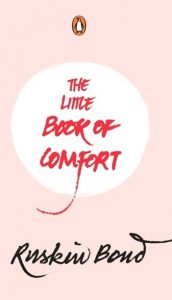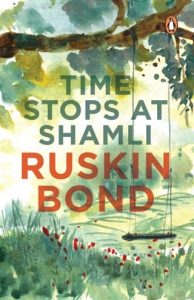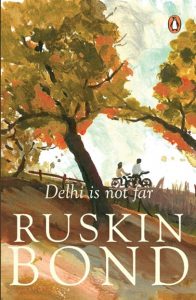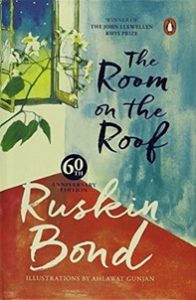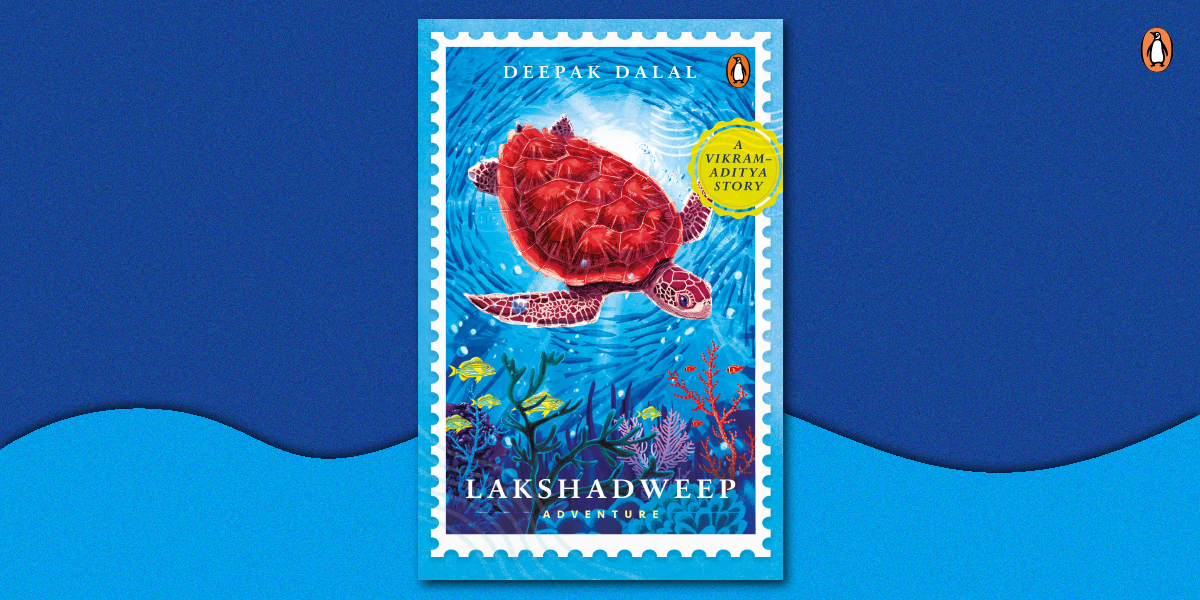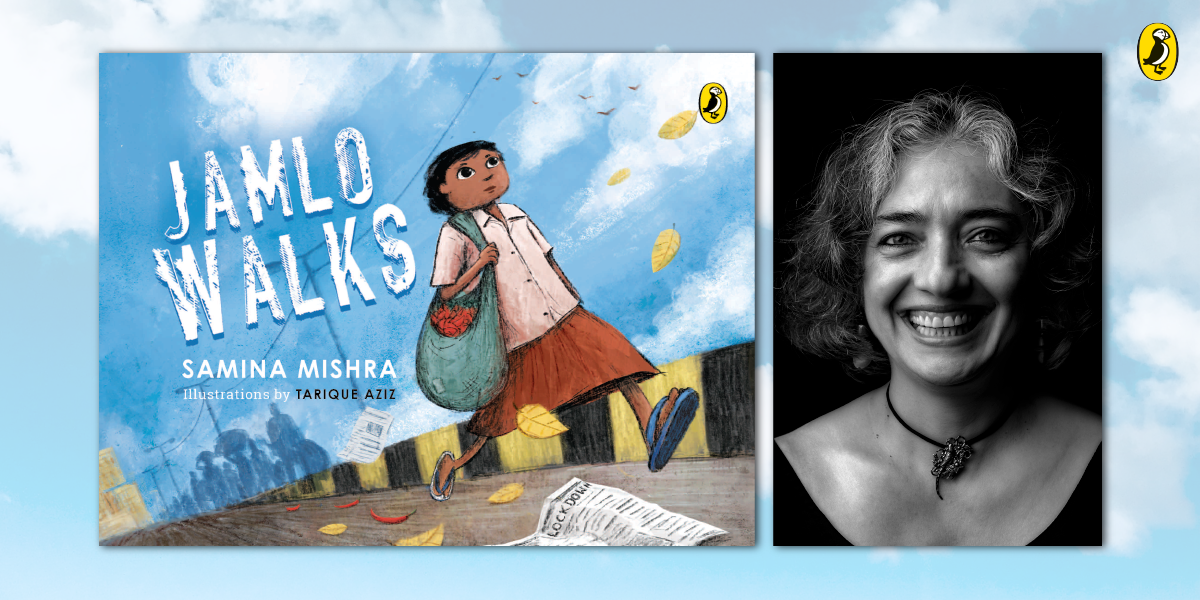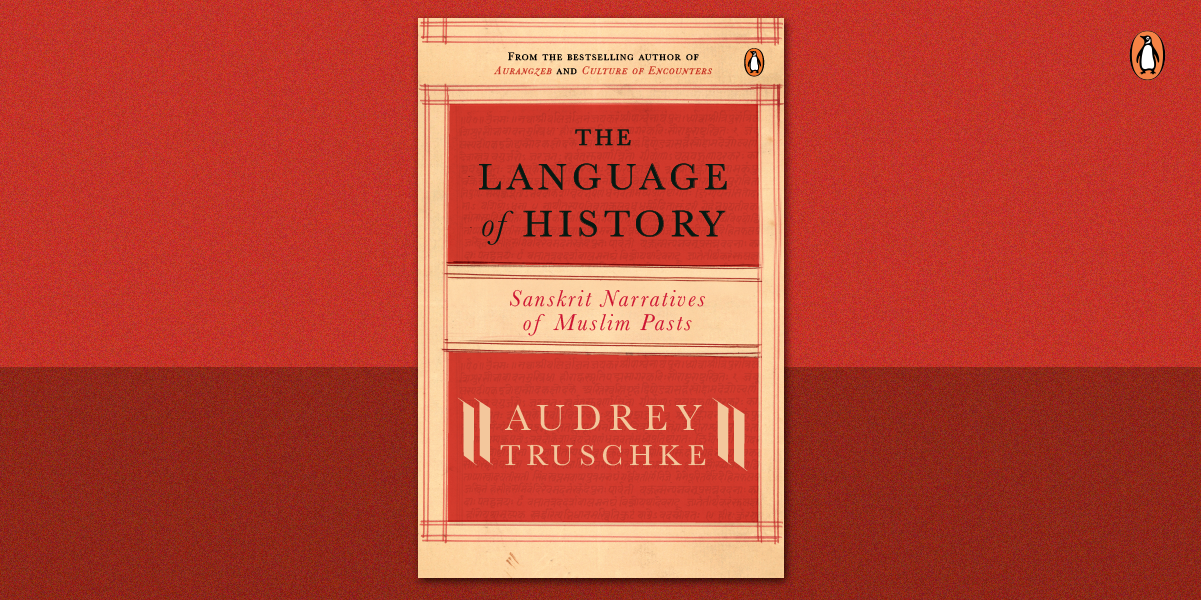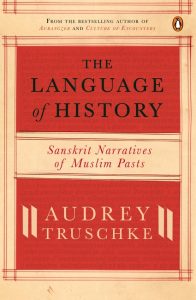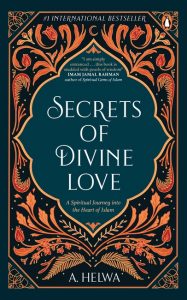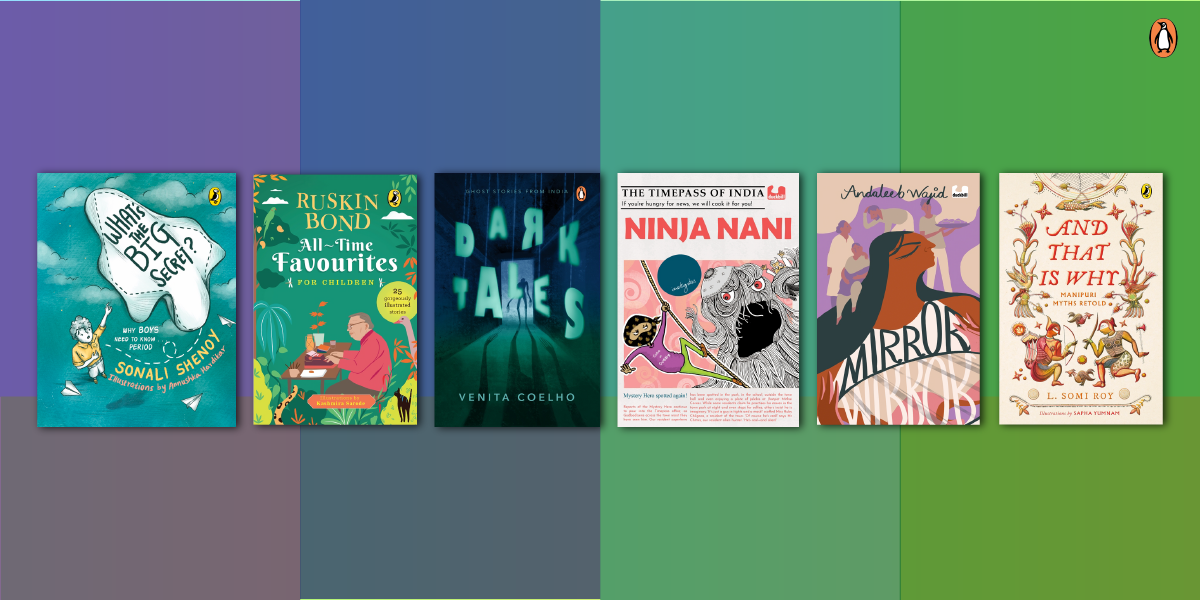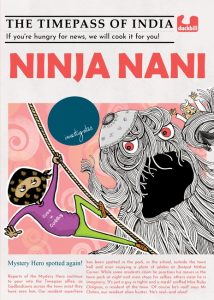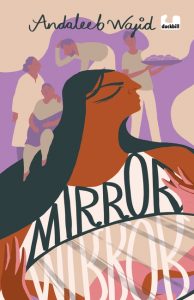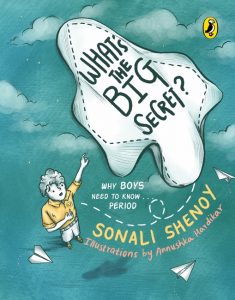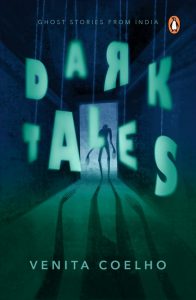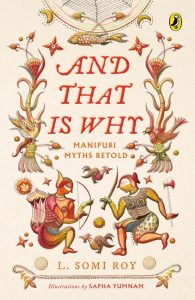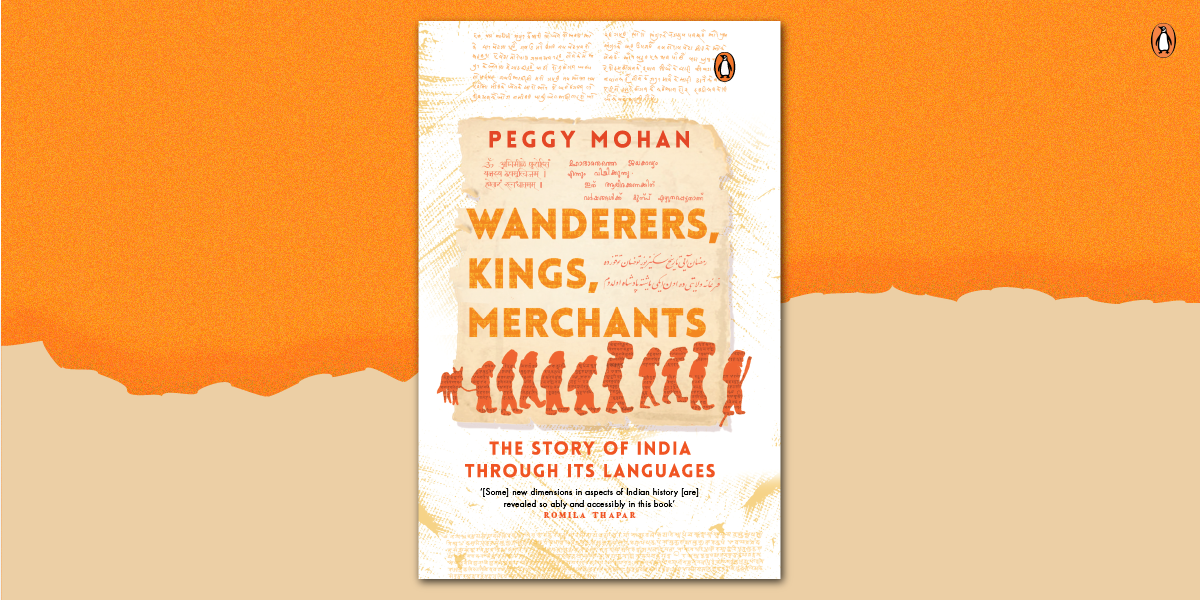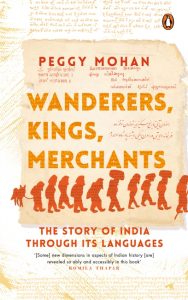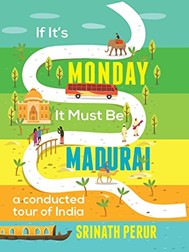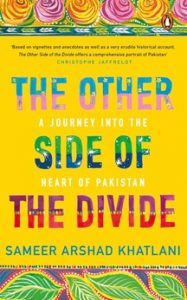Ruskin Bond started his writing career with the publication of The Room on the Roof at age seventeen. Since then, he is well-known (and definitely well-loved!) for his hundreds of short stories for both children and adults.
If you grew up loving him and his work, we’re sure you’d love to get your hands on some titles written for grown-ups. Here is a list of books written by Ruskin Bond, for adults.
The Best of Ruskin Bond
Are you a fan of Ruskin Bond? Have you been trying to compile his best works and read them along? If yes, then this book, ‘The Best of Ruskin Bond’ is the perfect solution for you. These exemplary stories from the legendary author are here for the taking, all compiled in a single book and provided with some of the best excerpts ever written. This consolidated volume brings together selected prose and poetries that have been written by the award winning author, Ruskin Bond. During his entire career, he has captivated readers across the world with his writing talent.
The Night Train at Deoli
Adorned with 30 beautiful stories from Ruskin Bond, The Night Train at Deoli and other stories effortlessly makes in to the must-have, must-read list of every reader. Simple, heart-warming and thought-provoking stories will take you to heavenly grounds of Dehradun and Mussoorie, where the author himself has spent his childhood and teenage years. The stories in the book speak of simple folk, who live in the technology untouched valleys and hills, the lush greenery and little crowded markets.
Collected short stories
Ruskin Bond wrote his first short story, Untouchable, at the age of sixteen, and has written memorable fiction ever since. He is famous not only for his love of the hills, but for imbuing the countryside with life and vibrancy through moving descriptions. The simple people who inhabit his stories evoke sympathy and laughter in equal measure. This wonderful collection of seventy stories, including classics like A Face in Dark, The Kitemaker, The Tunnel, The Room of Many Colours, Dust on the Mountain and Times Stops at Shamli, is a must-have for any bookshelf.
The Little Book of Comfort
”So I went out into the night, walked up the hill, discovered new things about the night and myself, and came home refreshed. For just as the night has the moon and the stars, so the darkness of the soul can be lit up by small fireflies – such as these calm and comforting thoughts that I have jotted down for you…” Ruskin Bond
Time Stops at Shamli
Ruskin Bond’s simple characters, living amidst the lush forests of the Himalayan foothills, are remarkable for their quiet heroism, courage and grace, and age-old values of honesty and fidelity. Residents of nondescript villages and towns, they lead lives that are touched by natural beauty as well as suffering—the loss of a loved parent, unfulfilled dreams, natural calamities, ghostly visitations, a respected teacher turned crooked, strangers who make a nuisance of themselves—which only reinforces their abiding faith in God, family and neighbour. Told in Bond’s distinctive style, these stories are a magnificent evocation of an India that may be fast disappearing.
Rain in the Mountains
It is a collection of stories, snippets, essays and poems penned by the writer after having lived in many hamlets across the mountains in the Himalayas. Through his subtle, simple and lucid writing, the author beautifully brings alive many natural sights and sounds that evoke the essence of natural mountain life.
Both prose and poetry in the book are centred around nature with all the purity that it holds. Rain in the Mountains: Notes from the Himalayas touches a raw nerve for an urban dweller when it describes the beauty of mountain wilderness, surrounded by chirping birds, squirrels, a blue sky with moving clouds casting light and shade shadows.
Delhi is not Far
The residents of Pipalnagar, a dull and dusty small town, hope to one day leave behind their humdrum lives for the thrills of Delhi. Deep Chand, the barber, dreams of giving the prime minister a haircut; Pitamber wishes to ride an autorickshaw instead of pulling a cycle-rickshaw; and Aziz will be happy with a junk-shop in Chandni Chowk. Sharing their dreams of escape is the narrator Arun, a struggling detective fiction writer. As he waits for inspiration to write a blockbuster, he seeks and discovers love in unusual places-with the young prostitute Kamla, wise beyond her years and the orphan and epileptic Suraj, surprisingly optimistic despite his difficult circumstances.
Our Trees Still Grow in Dehra
Fourteen engaging stories from one of India’s master story-tellers Semi-autobiographical in nature, these stories span the period from the author’s childhood to the present. We are introduced, in a series of beautifully imagined and crafted cameos, to the author’s family, friends, and various other people who left a lasting impression on him. In other stories we revisit Bond’s beloved Garhwal hills and the small towns and villages that he has returned to time and again in his fiction. Together with his well-known novella, A Flight of Pigeons (which was made into the film Junoon), which also appears in this collection, these stories once again bring Ruskin Bond’s India vividly to life.
A Face in the Dark and Other Hauntings
In Ruskin Bond’s stories, ghosts, jinns, witches—and the occasional monster—are as real as the people he writes about. This collection brings together all of his tales of the paranormal, opening with the unforgettable, ‘A Face in the Dark’ and ending with the shockingly macabre, ‘Night of the Millennium’. Featuring thrilling situations and strange beings, a Face in the Dark and Other Hauntings is the perfect collection to have by your bedside when the moon is up.
Death Under the Deodars
It was death at first sight . . .
Miss Ripley-Bean was sitting on a bench beneath the deodars, having a quiet moment to herself, when suddenly two shadows, larger than life, appeared on the outside wall; they were struggling with each other. Only afterwards, when a dead body was discovered, did Miss Ripley-Bean realize she had witnessed a murder – and that the murderer had seen her.
In this marvellous collection of brand-new stories set in the Mussoorie of a bygone era, Ruskin Bond recounts the deliciously sinister cases of a murdered priest, an adulterous couple, a man who is born evil and the body in the box bed; not to forget the strange happenings involving the arsenic in the post, the strychnine in the cognac, a mysterious black dog and the Daryaganj strangler.
The Room on the Roof
Rusty, a sixteen-year-old Anglo-Indian boy, is orphaned and has to live with his English guardian in the claustrophobic European part in Dehra Dun. Unhappy with the strict ways of his guardian, Rusty runs away from home to live with his Indian friends. Plunging for the first time into the dream-bright world of the bazaar, Hindu festivals and other aspects of Indian life, Rusty is enchanted … and is lost forever to the prim proprieties of the European community.
Written when the author was himself seventeen, this moving story of love and friendship, with a new introduction and illustrations will be enjoyed by a whole new generation of readers.
What’s your favourite story for Ruskin Bond? Tell us in the comments!











